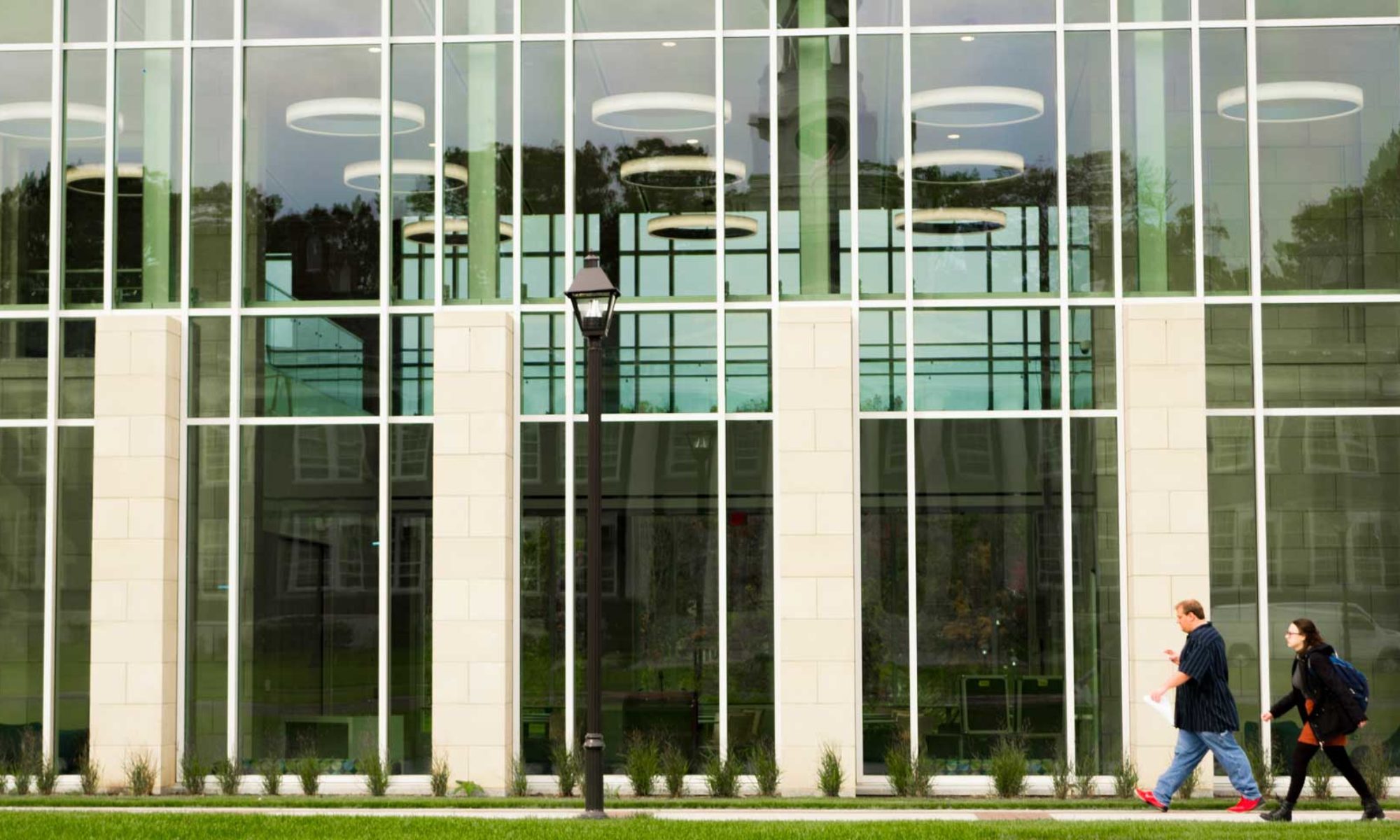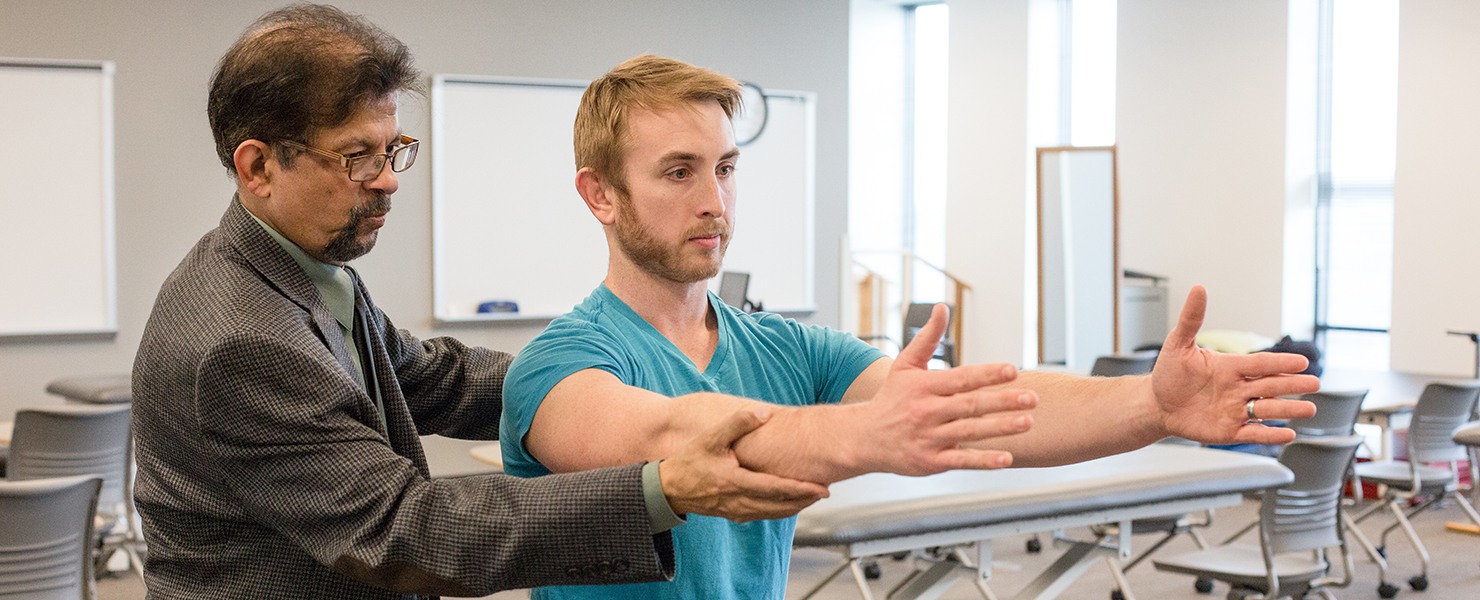Introduction:
Ulnar collateral ligament (UCL) tears occur as a result of exceeding the failure force in the elbow, usually during repetitive motion in throwing sports. After reconstructive surgery, the patient goes through an extensive rehabilitation process consisting of physical therapy lasting up to two years. Recovery is split into four phases, where the first two focus on regaining full range of motion, gradually increasing extension and flexion angles. The last two phases focus on regaining muscle strength by incorporating resistance training. There are existing devices on the market that focus on range of motion, but lack strengthening components. Current devices consist of passive range of motion, active range of motion, and braces that immobilize the arm.
Problem Statement:
The current problem being addressed is lack of aid in the rehabilitation process of post-ulnar collateral ligament (UCL) reconstruction surgery. There has been a significant increase in UCL tears in the last two decades¹. The goal is to create a mechanical assist device to regain range of motion and strength in the arm throughout the entire recovery process. This device will incorporate resistance with flexion and extension movement within restricted range of motion angles between 0 and 150°.² Ideally, this device will be portable, being used in almost any given setting outside the physical therapist’s office for the duration of the exercise.
Need Statement:
A way to assist in the rehabilitation of ulnar collateral ligament (UCL) tears in individuals to restore muscle function and range of motion after surgery.

